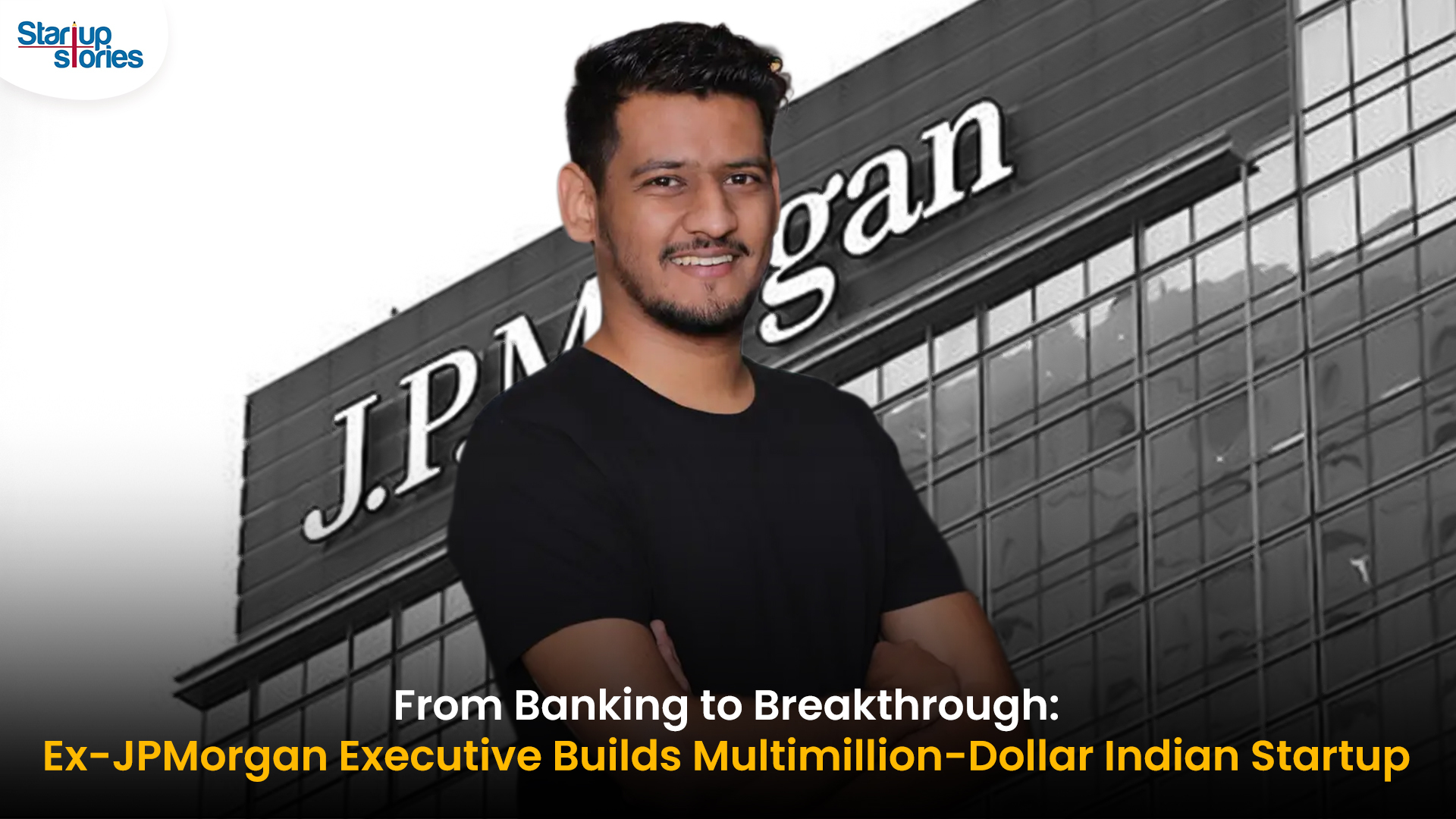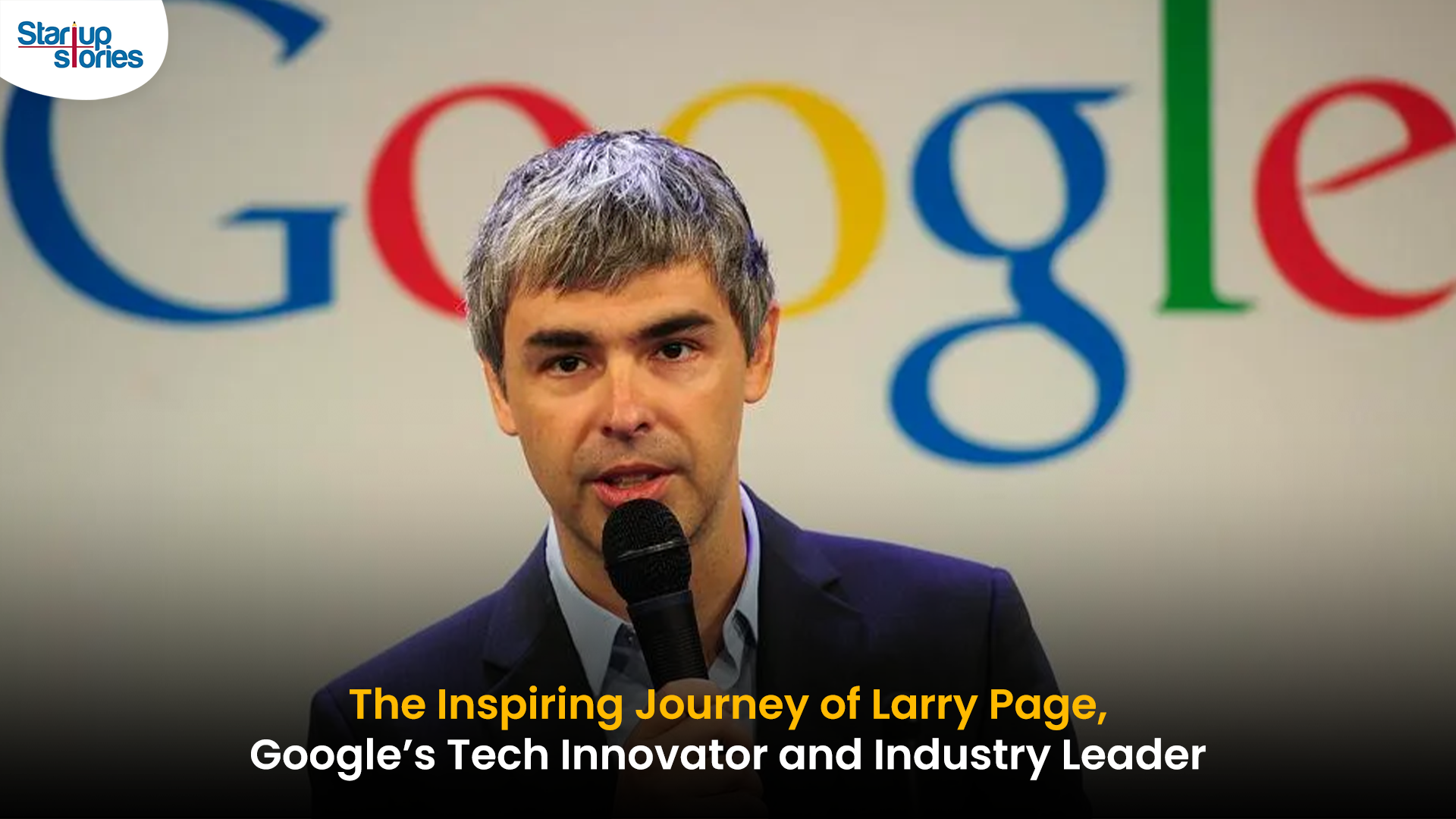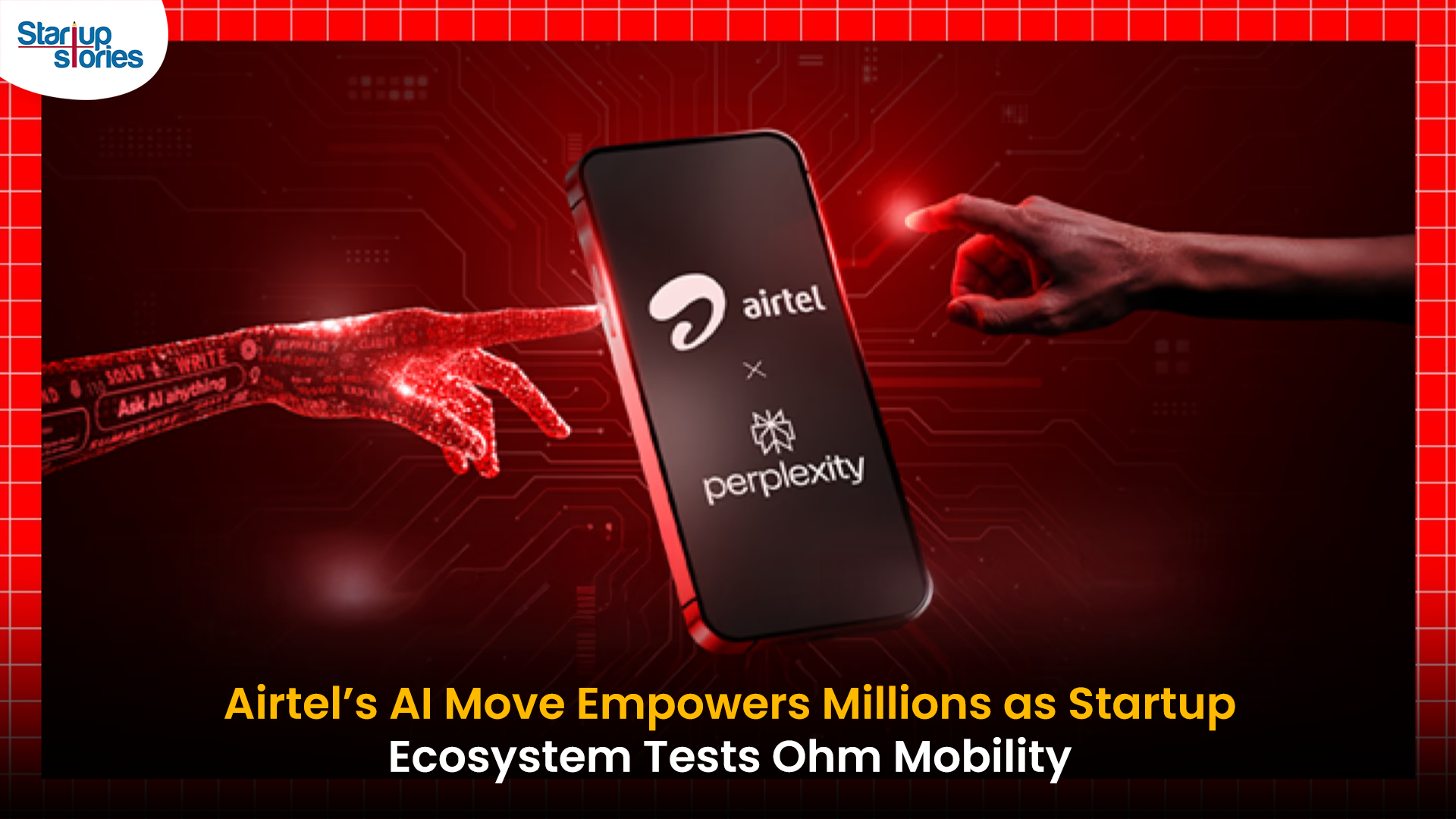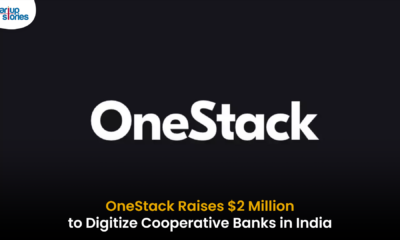Entrepreneur Stories
Pinterest: The Founding Story

Evan Sharp, Ben Silbermann and Paul Sciarra, the founders of Pinterest weren’t child prodigies. They weren’t being chased down the Wall Street by investors. They weren’t being hounded by potential take over bids. In fact, when they started out, no one really liked them. Raised by doctors, Ben Silbermann figured he would follow the same path as his parents. He even went on to study medicine at Yale Univeristy. However, he realised very soon that medicine wasn’t his passion or dream.
Pinterest officially came to be in the year 2010. Three months after, the online image sharing platform only had around 3,000 registered accounts. In the world of social media boom, the 3,000 users wasn’t a commendable number. However, Silbermann capitalized on these users and focused on a model which helped Pinterest grow into the phenomenon it is today.
In a lot of ways, Pinterest was the exact opposite of Facebook, Twitter and Snapchat, everything which was hot at the time. Unlike these platforms, Pinterest focused on curating only images and not on real time content. One of the major reasons this image platform became such a huge success was that in the beginning, the users would hold regular meetings with their limited users. While this in itself was an unusual practice, what helped the platform grow was the online network’s ability to absorb the changes given by their users.
Pinterest also started a new campaign called Pin It Forward. According to this, users could create a pinboard and get more invites by getting friends to create pinboards. One of the major reasons for Pinterest’s outstanding leap to success is the company’s constant work at connecting with its users. They spoke to them on a regular basis and this connect helped form a strong bond even eight years after the platform launched.
What started off as a hobby for Ben Silberman, turned into a full time occupation for more than a 100 million users around the world. While Pinterest’s growth was rocky in the beginning, the company took off with a bang and according to several trade analysts, the online image sharing and buying platform is on its way to surpass existing giants like Facebook, Twitter, Snapchat and Instagram!
Entrepreneur Stories
Indian Man Quits JPMorgan, Takes 70% Pay Cut to Launch $6 Million Startup

Leaving behind a high-paying job at JPMorgan, an Indian entrepreneur embraced a 70% salary cut to pursue true purpose and passion in the startup world. Disenchanted with what he described as a “robotic” corporate routine, he sought meaningful work that made a real impact. This pivotal decision marked the beginning of his new journey, one focused on value creation rather than titles and corporate perks.
Powered by resilience and fresh perspective, the entrepreneur launched his own startup, prioritizing innovation and hands-on solutions. The road was challenging, but his vision resonated with the market: the startup quickly gained traction and raised $6 million—an impressive acknowledgement of its potential in a competitive landscape. Every hard lesson from early setbacks and bootstrapping paid off in real customer growth and investor confidence.
Today, his journey stands as an inspiring example for professionals seeking authentic success outside the corporate grind. By trading comfort for creative freedom, he grew a venture that solves important problems, generates jobs, and builds wealth beyond just salary. For ambitious founders, his story highlights the power of risk-taking, adaptability, and relentless focus on impact in India’s thriving startup ecosystem.
Videos
Larry Page: The Visionary Co-Founder Behind Google’s Global Success

Larry Page is a visionary technology entrepreneur and co-founder of Google, one of the world’s most influential companies. Born in 1973 in Michigan, Page grew up surrounded by computer technology, which inspired his passion for innovation from an early age. He studied computer engineering at the University of Michigan and later pursued his PhD at Stanford University, where he developed the revolutionary PageRank algorithm with Sergey Brin. This technology fundamentally changed the way search engines rank websites, making Google the most accurate and popular search engine globally.
The journey of Larry Page and Google began in 1998 when they officially launched the search engine from a small garage. Leveraging their unique algorithm, Google quickly surpassed competitors due to its ability to deliver highly relevant search results, transforming internet search forever. Under Larry Page’s leadership as CEO, Google expanded beyond search to launch groundbreaking products including YouTube, Gmail, and Google Maps, turning it into a global tech powerhouse that shapes how we access and interact with information online.
Larry Page later became the CEO of Google’s parent company, Alphabet Inc., driving innovation and investment in next-generation technologies such as artificial intelligence, autonomous vehicles, and healthcare solutions. His visionary leadership and commitment to technological advancement have cemented his legacy as one of the most influential figures in the tech industry. Today, Larry Page remains a key influencer in shaping the future of technology and digital innovation worldwide.
Entrepreneur Stories
India’s Tech Story: Airtel Spreads AI Access, Ohm Mobility Lessons

Bharti Airtel has launched the innovative “Airtel-Perplexity Blueprint,” partnering with Perplexity to provide over 360 million customers free access to Perplexity Pro for a year—a benefit valued at ₹17,000 ($200). This collaboration enables Airtel users across mobile, broadband, and digital TV to harness advanced capabilities in generative AI, including leading AI models like GPT 4.1, Claude, and Gemini, along with up to 300 Pro searches daily, image generation, document analysis, and personalized planning services. The move is seen as a milestone for telecom innovation and the democratization of AI in India, making powerful research and productivity tools accessible to a massive user base.
This strategic partnership positions Airtel as an “AI-first” telecom provider, allowing it to gain key insights into user interactions with artificial intelligence and adapt its networks for growing digital demands. For Perplexity, the tie-up grants exclusive access to India’s vast telecom audience, rapidly propelling the app to the No. 1 spot on the Indian App Store, surpassing global competitors like ChatGPT and Google Gemini. Airtel customers can activate their complimentary subscription seamlessly through the Airtel Thanks App, under the Rewards and OTTs section, reinforcing Airtel’s commitment to digital customer empowerment.
The broader Indian startup ecosystem reflects both breakthrough innovation and hard-earned lessons, illustrated by the recent shutdown of Ohm Mobility, an EV financing startup. Despite multiple pivots and industry-leading investors, Ohm Mobility struggled to achieve a sustainable business model—a reminder of the challenges in market fit and adaptability. As AI adoption accelerates and startup realities evolve, industry leaders like Airtel and Perplexity are setting new standards, while others, like Ohm Mobility, offer valuable insights on resilience and the importance of business model flexibility in India’s dynamic tech landscape.














Kuwin
November 6, 2025 at 8:08 am
kuwin sở hữu kho game đa dạng từ slot đến trò chơi bài đổi thưởng, mang đến cho bạn những giây phút giải trí tuyệt vời.
MM88
November 9, 2025 at 5:32 pm
Khám phá thế giới giải trí trực tuyến đỉnh cao tại MM88, nơi mang đến những trải nghiệm cá cược thể thao và casino sống động.
谷歌蜘蛛池
November 10, 2025 at 5:59 am
利用强大的谷歌蜘蛛池技术,大幅提升网站收录效率与页面抓取频率。谷歌蜘蛛池
ios超级签
November 11, 2025 at 6:20 pm
苹果签名,苹果超级签平台,ios超级签平台ios超级签苹果企业签,苹果超级签,稳定超级签名
MM88
November 19, 2025 at 6:30 am
Với giao diện mượt mà và ưu đãi hấp dẫn, MM88 là lựa chọn lý tưởng cho các tín đồ giải trí trực tuyến.
iwin
November 22, 2025 at 2:43 pm
iwin – nền tảng game bài đổi thưởng uy tín, nơi bạn có thể thử vận may và tận hưởng nhiều tựa game hấp
GO88
November 29, 2025 at 1:33 am
Tham gia cộng đồng game thủ tại Go88 để trải nghiệm các trò chơi bài, poker phổ biến nhất hiện nay.